| By Matthew Arnold As it known, the 'good looking' road of architecture is not really easy and smooth. Architects, and I mean the entire community, students and the teachers, interns, practitioners and licensed architects, have to prove their dedication to architecture throughout their lives. With strictly institutionalized professional codes and 'fusion models,' the road is often a long ride, always challenging the dedicated and the committed. Architecture is one of the most demanding and rigorously pursued professions. Mathew Arnold, an architect with a Cooper Union education, sent me his research initially named, The Road To Licensure and its ongoing results in the form of well designed charts, illustrating an uphill effort, likened to a "Stairway to Architecture." It could shed some light on the questions some of you might have or raise newer issues and actions, for institutions and individuals involved, helping the integration of academy and the field, adjusting the scales for the advancement of the people who are, by definition, responsible for thinking of and creating the built environment. The Road to Licensure, supported by research and documentation, directly involves a large group of Archinect readers as they struggle to start and to complete their laborious education and those who already forayed onto the road of the laborious practice. In relation to number of architecture students and graduates, large sums of per years tuition fees also make the architecture one of the most expensive studies among other majors. It is very common, the graduates of many architecture schools are up to and over $100,000.00 in debt, by the time they receive their diplomas. According to this work by Mr. Arnold, what awaits the students before, during and after their expensive schooling, needs to be studied, understood, transparent and reality based. I hope to see his diagrams continue to develop, evolve, grassroot and most of all, referred in discussions. They might eventually lead to a better implementation of the good ideas that are already documented and widening the forum for brave new models, for those who decide to stay in architecture and ultimately benefit the public. Orhan Ayyce, Senior Editor - Archinect The year 1996 saw the publication of the Boyer Report. Commissioned by the AIA (see the abstract,) AIAS, NCARB, NAAB, and ACSI, The report, entitled Building Community: A New Future for Architecture Education and Practice, called for a reinvigoration of architectural education and a more comprehensive integration of education and practice. The issuance of the report caused a stir in the architectural community. Practitioners and educators alike acknowledged the cogency and merit of its recommendations, and many of us participated in more than a few roundtable discussions where representatives of the academy and practitioners were united in voicing commitment to their implementation. Recently, I got to wondering, how are we doing now, twelve years later. I remember, as a student, anticipating a 3-year internship; what do students today expect? How effective is the implementation of IDP? How long does IDP last? What percentage of graduates go on to become licensed, and from which schools? How long does it take to pass the ARE, and at what rates do the graduates of different schools do it? How does firm size (or type) and job-hopping correlate with successful completion of the ARE? How many test-takers pass all divisions on their first attempt? I remember avidly looking for, and finding, the answers to these questions when I was studying for the test back in the days when we brought pencils and erasers to the exam site. In the medical field, this information is easy to find, for example (see pdf file). Med schools advertise the successes of their graduates as a part of their recruiting efforts. In my role as an IDP mentor, I am acutely conscious of the extensive data collected on the NCARB forms, which I assume they are collecting for some purpose. Area studied So I went to ncarb.org. NCARB's website includes statistical information about ARE pass rates by division. This information treats the ARE as nine separate examinations, rather than one exam with nine parts. Because licensure is not incremental, but conditioned upon passing the ARE in its entirety, the published information is not dispositive. It sheds no light on the questions that any prudent student or candidate setting out to accomplish a goal would need to know. When I asked at NCARB, I was told that the web page includes the full extent of the information that is publicly available. I began to look for other sources of information. I went to naab.org. The NAAB provides statistical information about accredited programs of architecture, but it does not include the licensure rates of the school's graduates. Applicants, accepted, dropped out, graduated I went to the website of each accredited school. I looked for statistical data or claims about the career paths of alumni. I found no school that featured this kind of information on its website. I searched each site with the term license+architect. More than a fourth of the websites returned no results for this search. If you are aware of something I missed, please let me know, I would be delighted to correct the record. A small number of schools do link to helpful information about internship, licensure and the practice of architecture, but they are a distinct minority. A dozen years after Boyer, those results were disappointing. If the answers to those questions of mine are to be known, we will need to gain access to information that is currently occluded. The Kindergarten Charts Consequently, I prepared a Request for Information based on the data that I could find, and have submitted it to the IDP Advisory Committee, whose members include representatives of the groups that originally commissioned Boyer. I await their response. I hope they will find the diagrams sufficiently compelling to see the imperative for completing the task in the spirit of the Boyer report. If you concur with my request, please let them know. Their contact information can be found at AIA site. The answers to the questions raised in the RFI are essential to ratifying the social contract among schools, students, faculty, and practitioners. Much about the path to licensure in architecture is currently being reassessed, including in part: NCARB: 1 (pdf) & 2 NAAB: 1 & 2 Faculty make up The document is self-explanatory; it includes diagrams for each accredited program showing the number of applicants, acceptances, and graduates. It includes a representation of the total enrollment of each architecture school. The faculty (licensed and non-licensed, full- and part time) for each school is plotted to the same scale as the student body. Also charted is the matriculation latency ratio, which illustrates the proportion of education that occurs within a given institution that ultimately leaves it in the company of a diploma. A typical school chart The charts are arranged alphabetically within the RFI, and sorted by size of graduating class in the accompanying Figure 3. Please feel free to print and post these diagrams at your school or office, and send them on to others. Architects seem to find them interesting.
Architecture school typologies The charts reveal that there are four types of program at the institutions studied; identified as Pennant, Torch, Funnel, and Wedge. These definitions roughly conform to a 2x2 matrix of selectivity and attrition. Because NCARB has not made data available for IDP-duration or ARE pass-rates, the diagrams include only a depiction of the 'by-division' success rates of the graduates of each school that NCARB does publish. This is interesting, but inadequate for any serious analysis, as is described in Appendix 1 of the RFI. A chart detail The diagrams would also benefit from the charting of additional data for other factors in play during internship. The incorporation of multi-year data would significantly reinforce the validity of any conclusions reached as a result of this examination. The effort required to complete this exercise is insignificant in comparison to the $700,000,000 annual tuition spent on architecture programs in the US, and would represent a miniscule fraction of the time and effort invested each year in IDP compliance and ARE preparation. Certainly this data exists -- there are 8,000 new graduates and 4,000 new architects licensed each year, each one of whom has demonstrated fitness to the documented satisfaction of multiple oversight agencies. The investigation to date has proven interesting; if completed, the results will have some value. Wisdom is not the child of ignorance. As Jim Drebelbis says, "you manage what you measure, everything else is a guess." The RFI and accompanying charts are available at stairwaytoarchitecture.com If your school is not represented in the diagrams in the RFI and you provide the following information to me, it will be included in a supplement:
This is the data that is the basis of the diagrams in the RFI. I'm also very interested to learn the enrollment by class-year for all schools, this information is not provided to the NAAB. Please be sure to identify your school as well. I'm hoping the website we're setting up at www.stairwaytoarchitecture.com can serve as a resource and clearinghouse for this subject. Please stop by and participate in the conversation, you can also contact me via email at matt@stairwaytoarchitecture.com Who is Matthew Arnold? I maintain a private architecture and design practice in Virginia. I graduated from Cooper Union with a B.Arch in 1982. I'm a licensed architect in most of the mid-Atlantic states. I enjoy the work of Edward Tufte and recommend his books and seminars, in particular the poster of Napolean's March to Moscow. I'm currently working on a little book, Drawings that Scream -- Architectural Working Drawings in CAD, a primer.
|
Just a collection of my thoughts or links to other thoughts on architecture and design.
Sunday, October 26, 2008
Stairway to Architecture
From Archinect:
Subscribe to:
Post Comments (Atom)
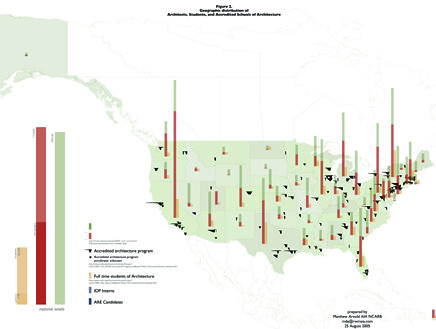
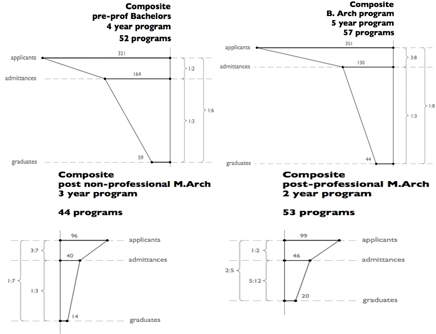
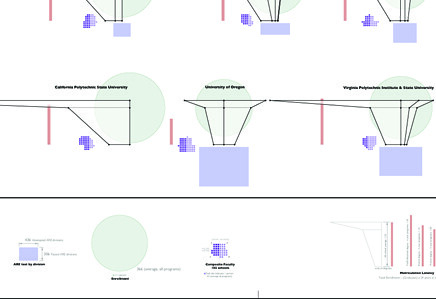
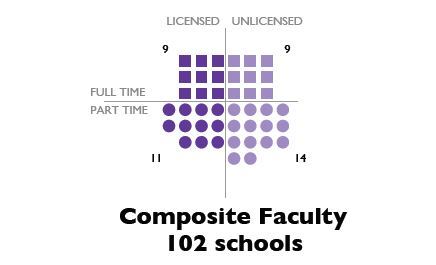

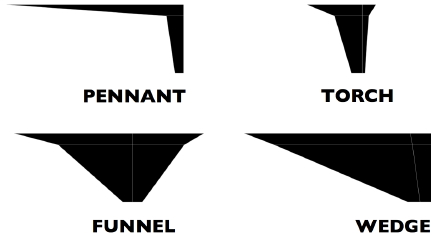
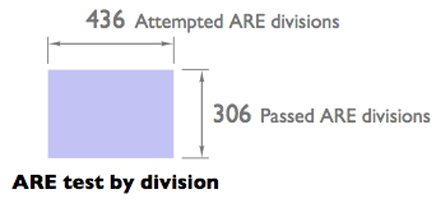

No comments:
Post a Comment